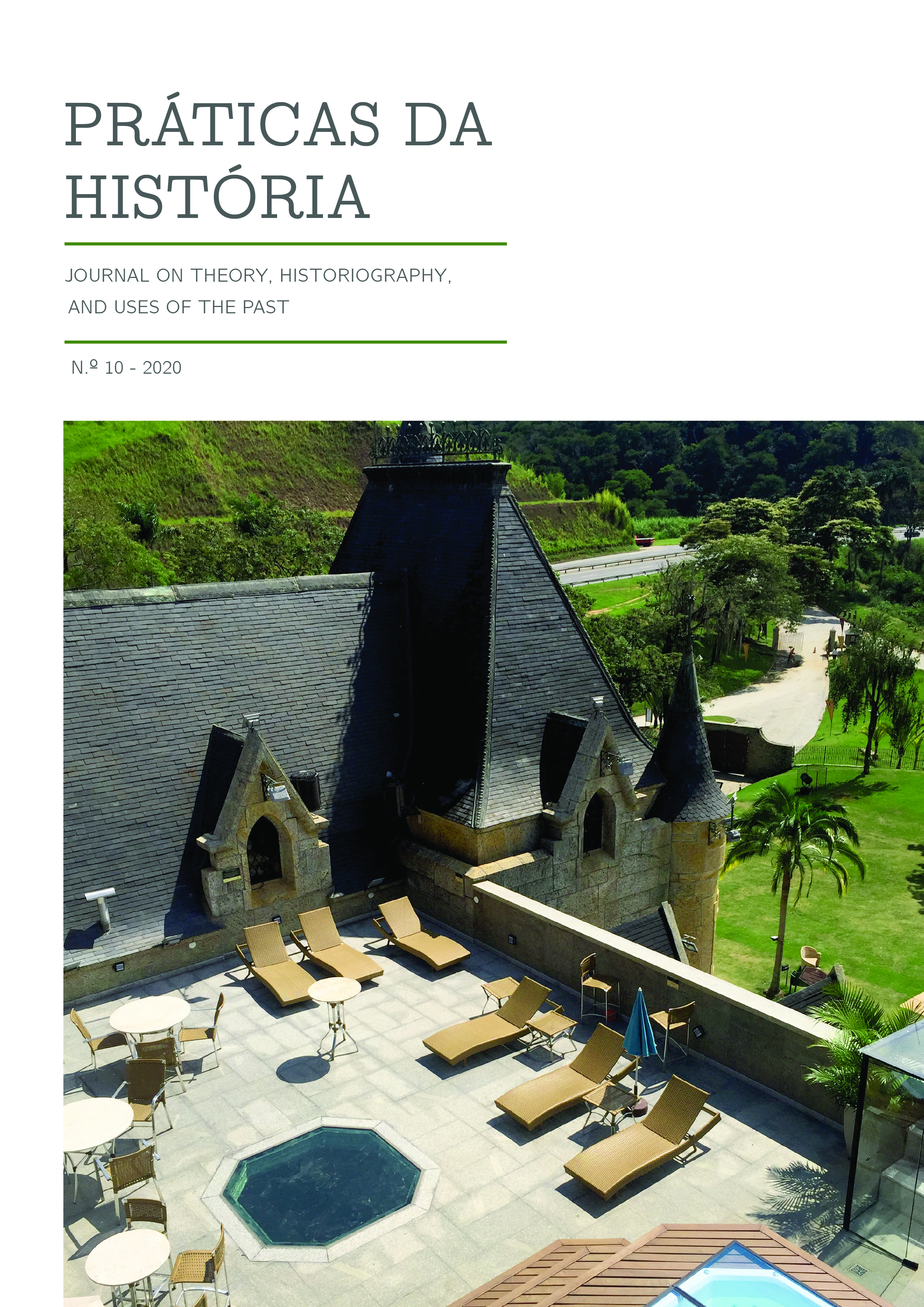Medievalism in 20th-century Brazilian architecture: The case of the Castle of Itaipava, Rio de Janeiro
DOI:
https://doi.org/10.48487/pdh.2020.n10.21836Keywords:
Medievalism, history of architecture, eclecticism, neo-gothicAbstract
As a post-medieval society, Brazil counts on an architecture of “tropical castles” influenced by European Middle Ages. Such a “tropical Go- thic” expresses an ideal of “natural aristocracy” of white and European ancestors. From 1808 to 1830, the eclectic style is a consequence of the opening of Brazilian ports to England. The paper focuses on the 13th-century English neogothic architecture of Itaipava Castle, designed by Fernando Valentim and Lúcio Costa. Lúcio Costa’s foray into eclecticism derives from his adherence to the neocolonial style and precedes in a decade his insertion in the modernist movement of 1930-1940. The eclectic architecture of his neogothic castle expresses nine- teenth-century romanticism and European medievalism that opposes the neoclassical style of realistic interpretation of historical styles by assimilating a lived contemplation of an authentic old age of historical reality. From the constructive space, the ideology of the 3rd Baron Vasconcellos is unveiled, structured by noble, monarchist and Aryanist ideals held during the first decades of the last century and nowadays by the conservative political and economic elite of Brazil.



